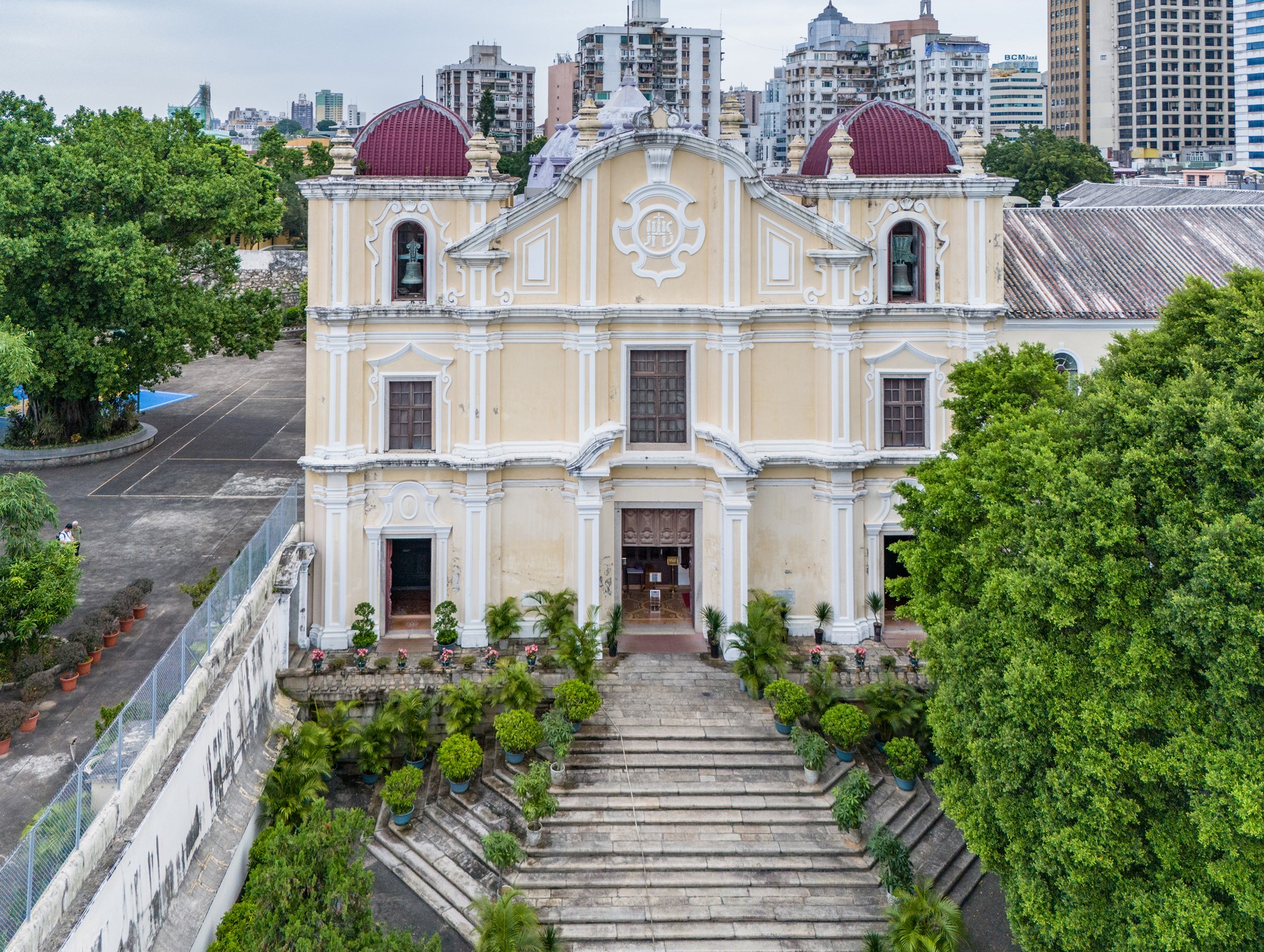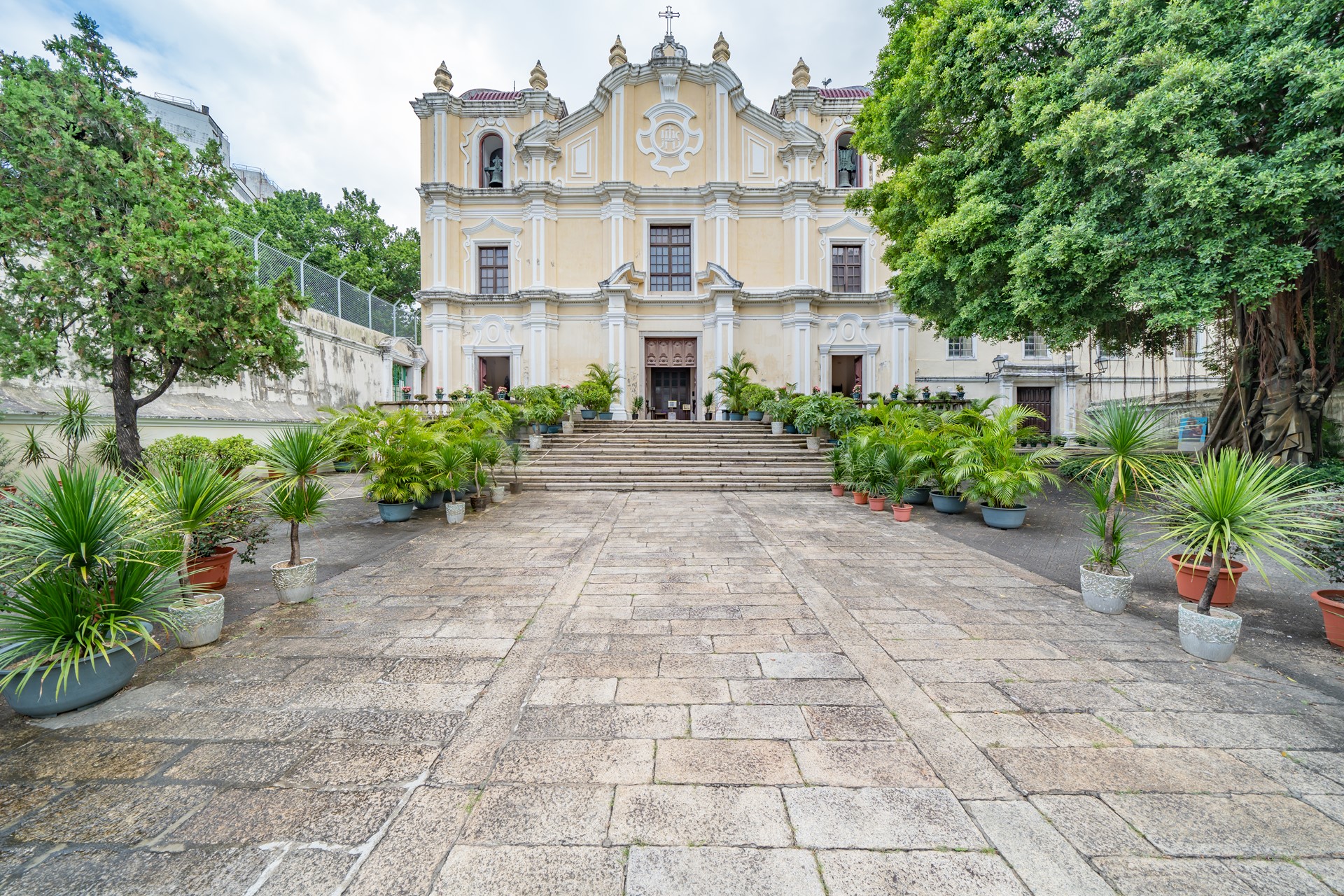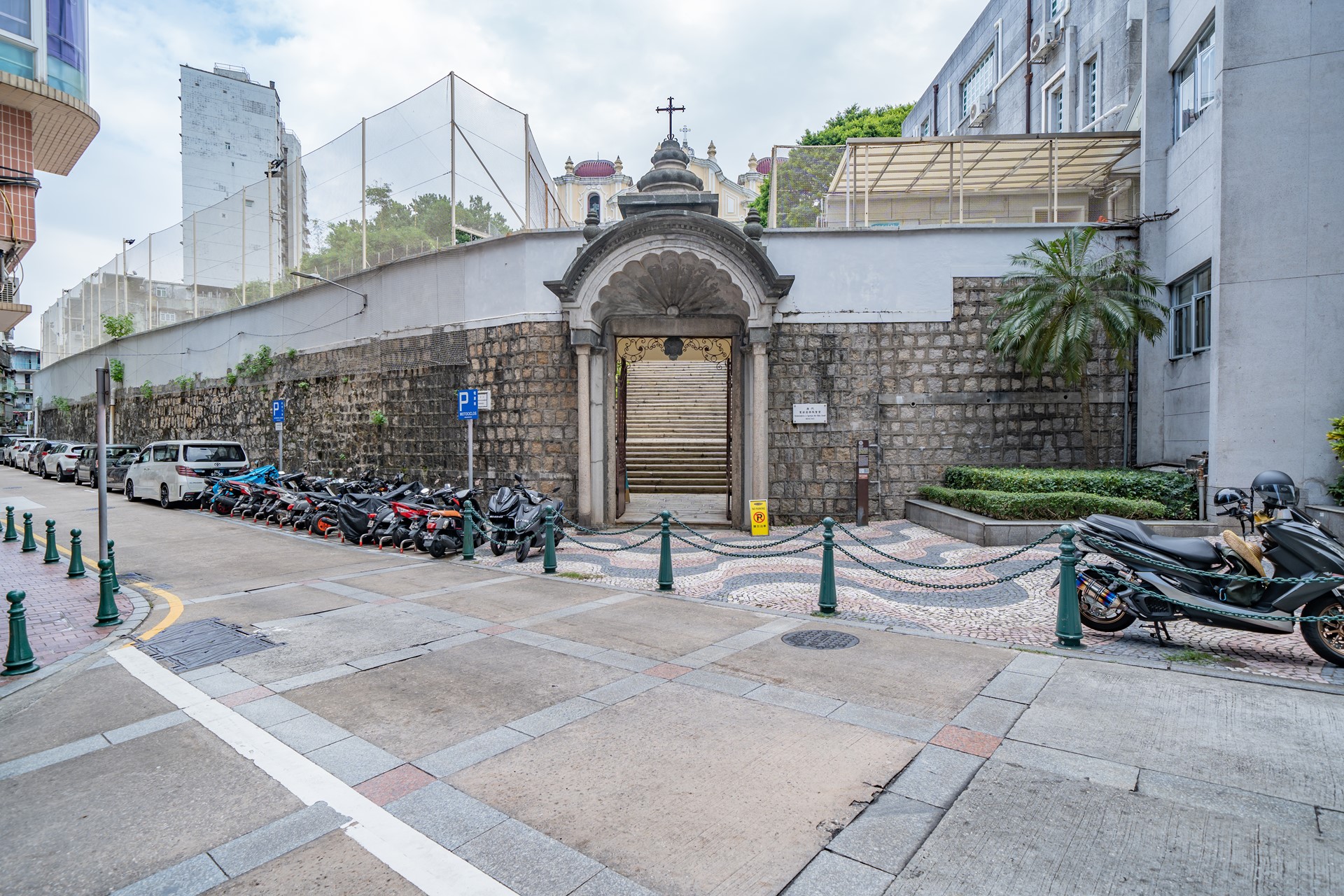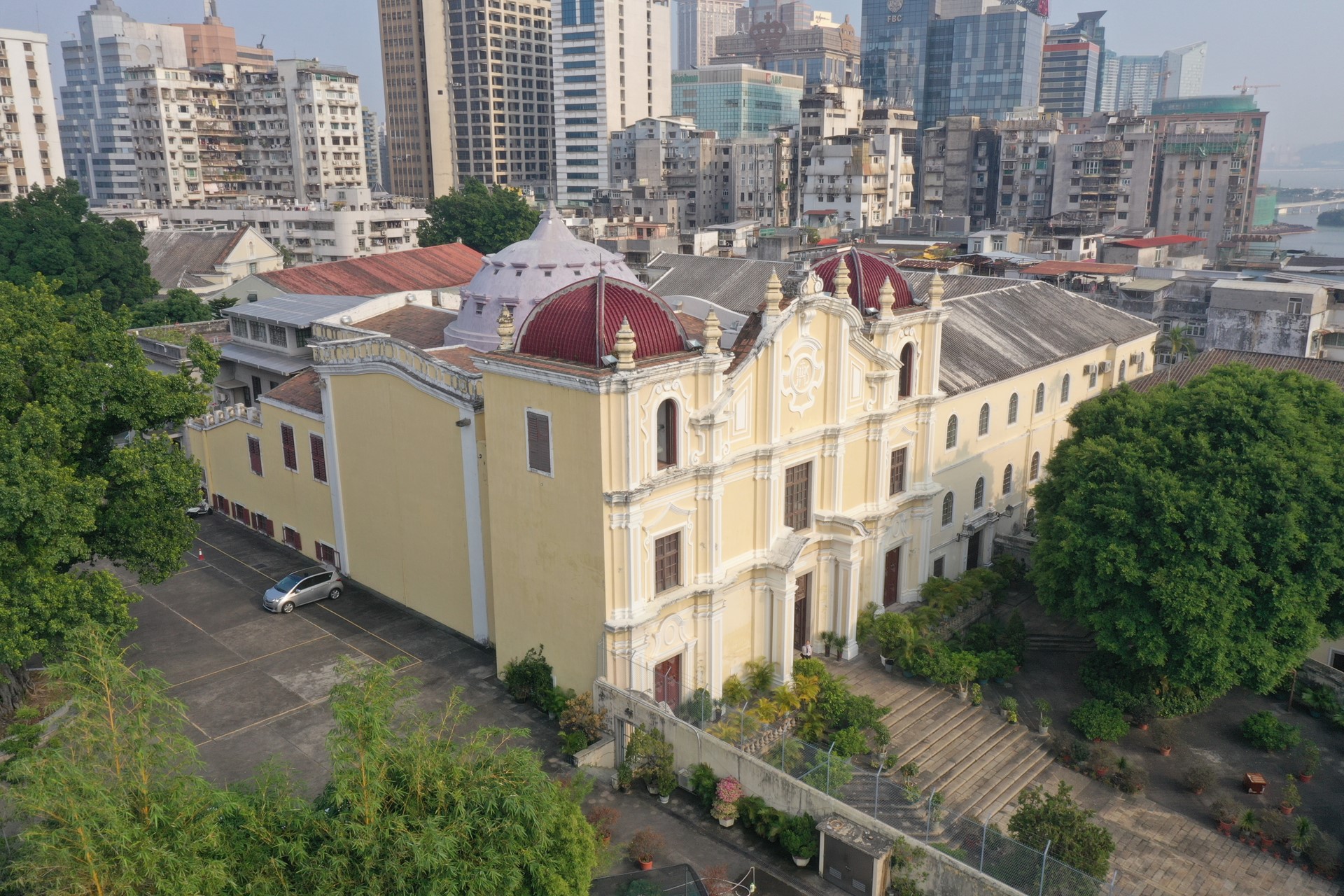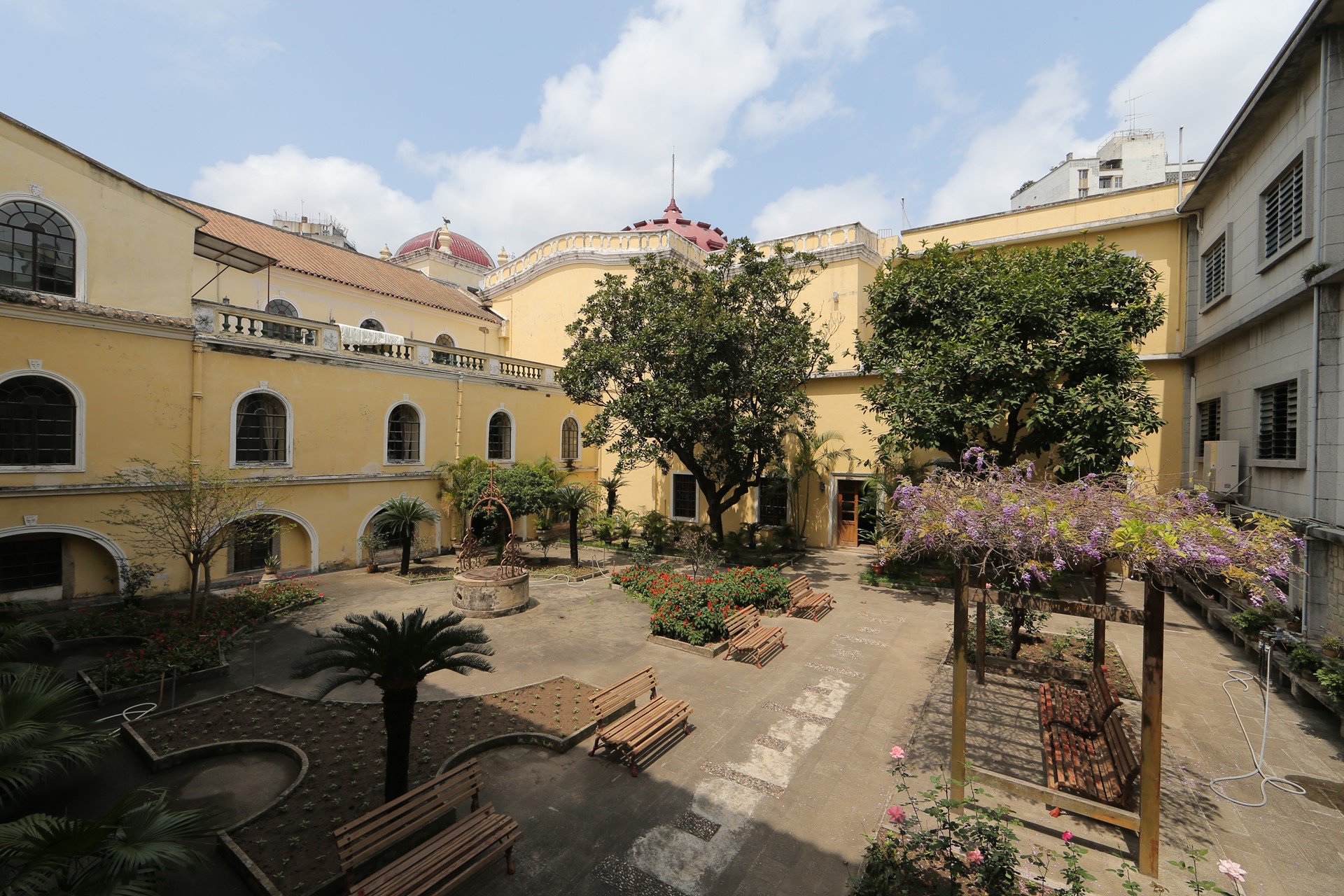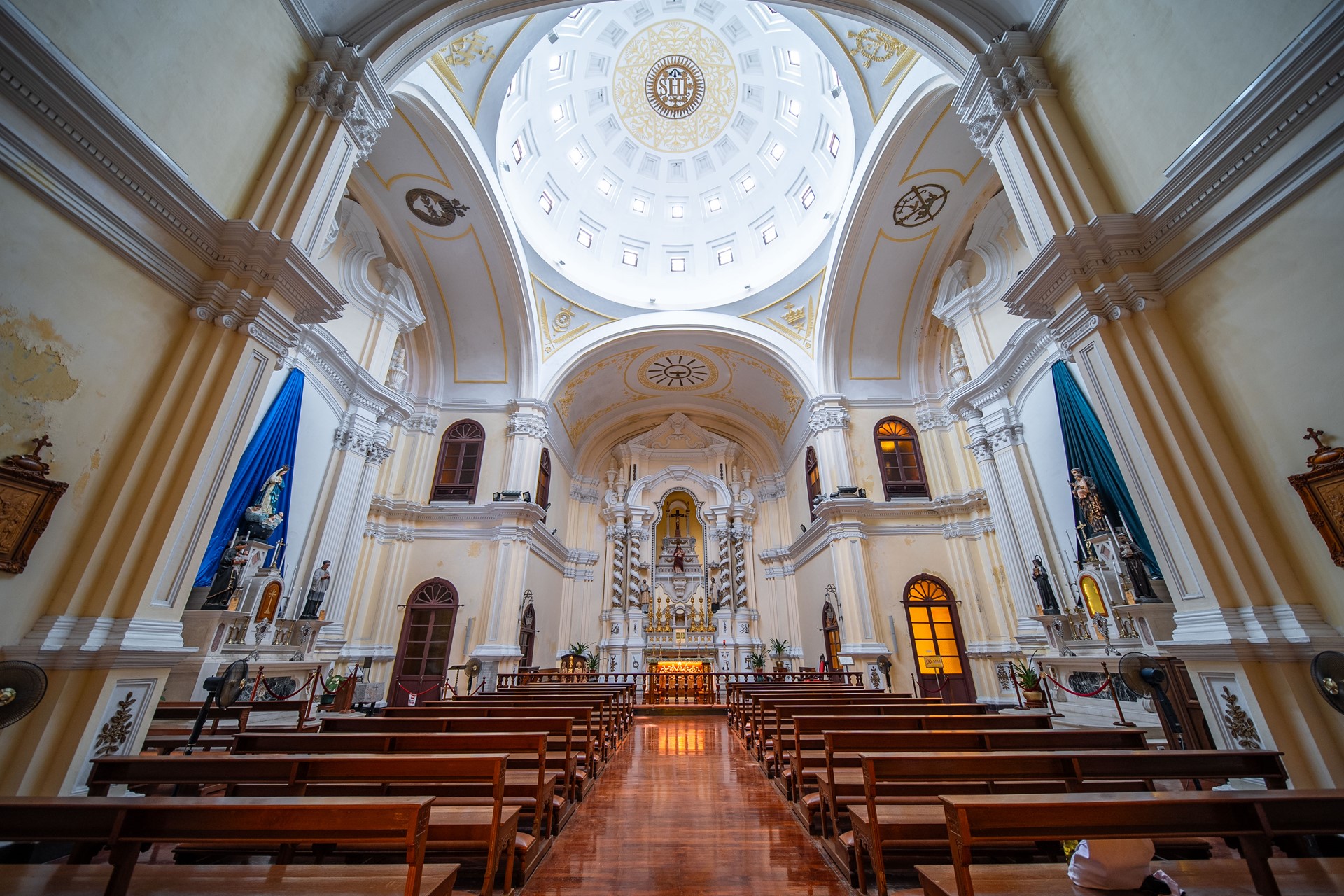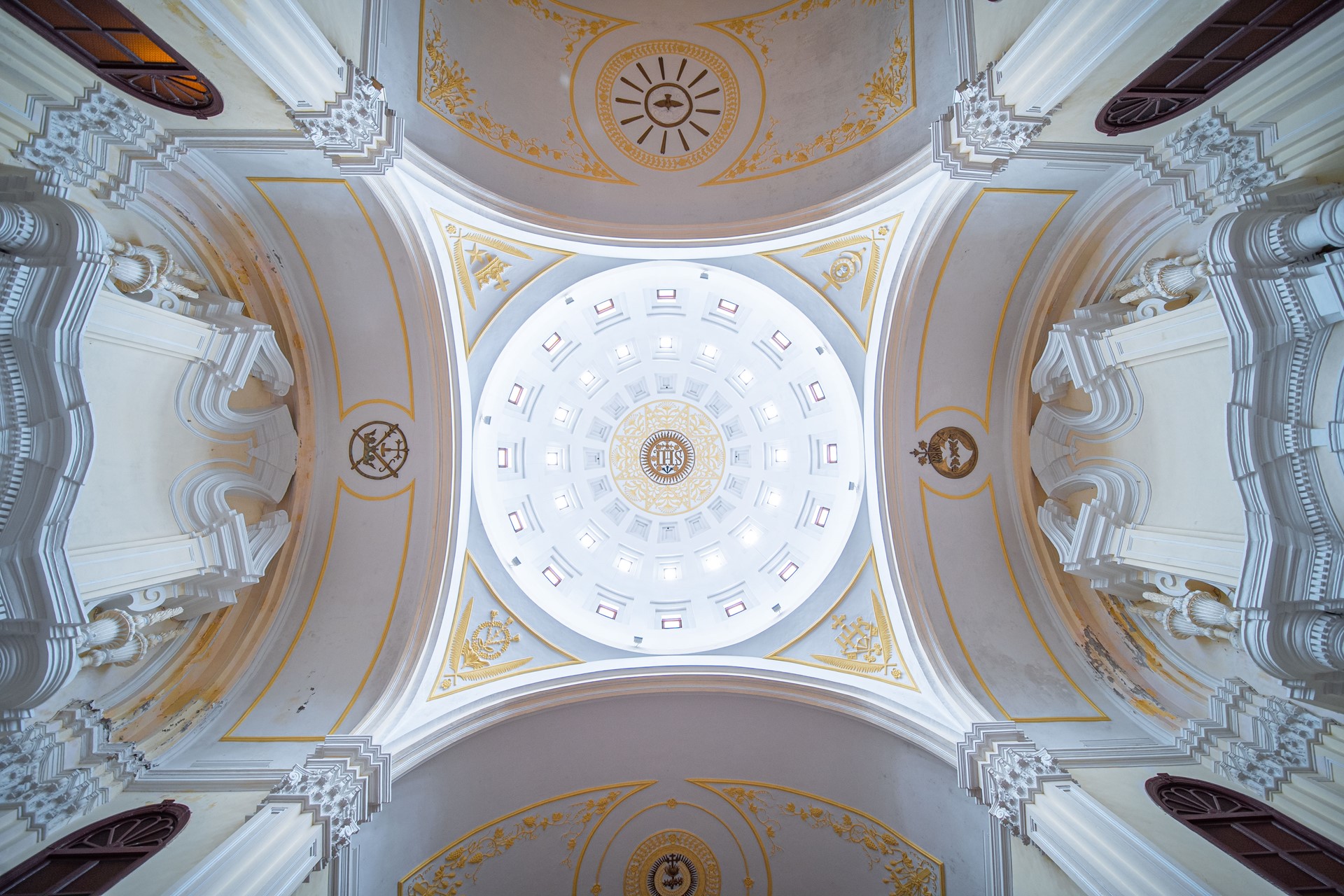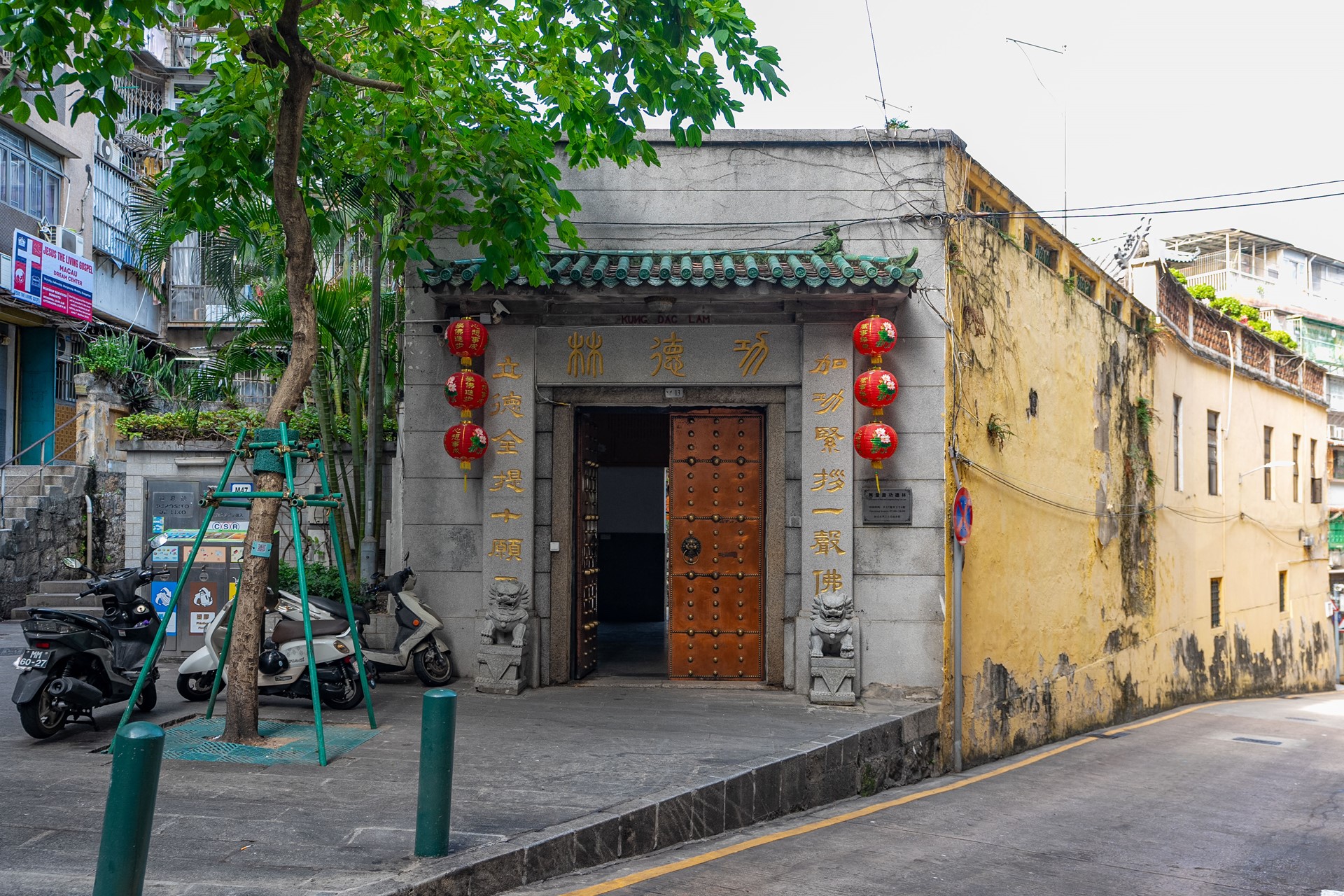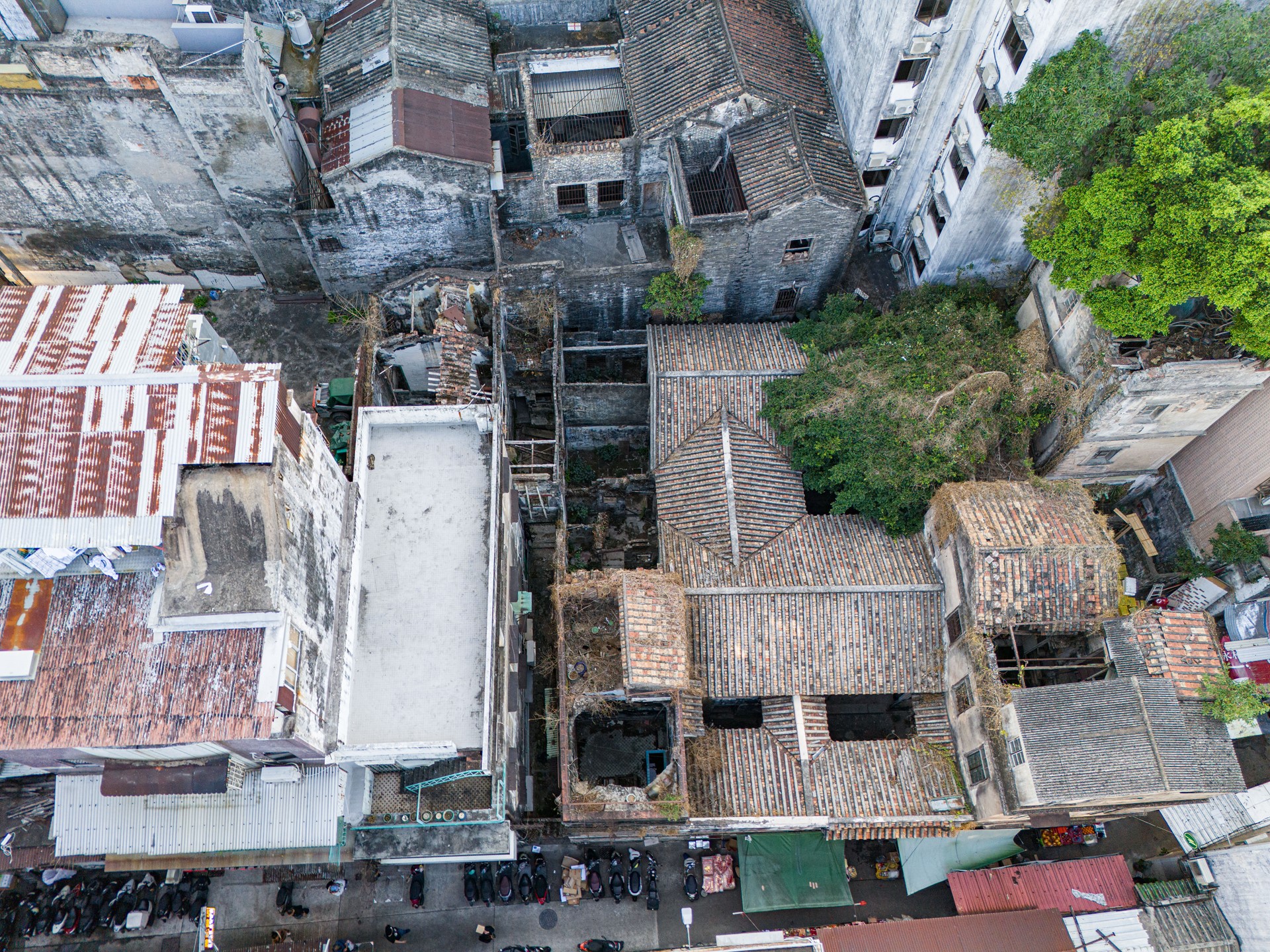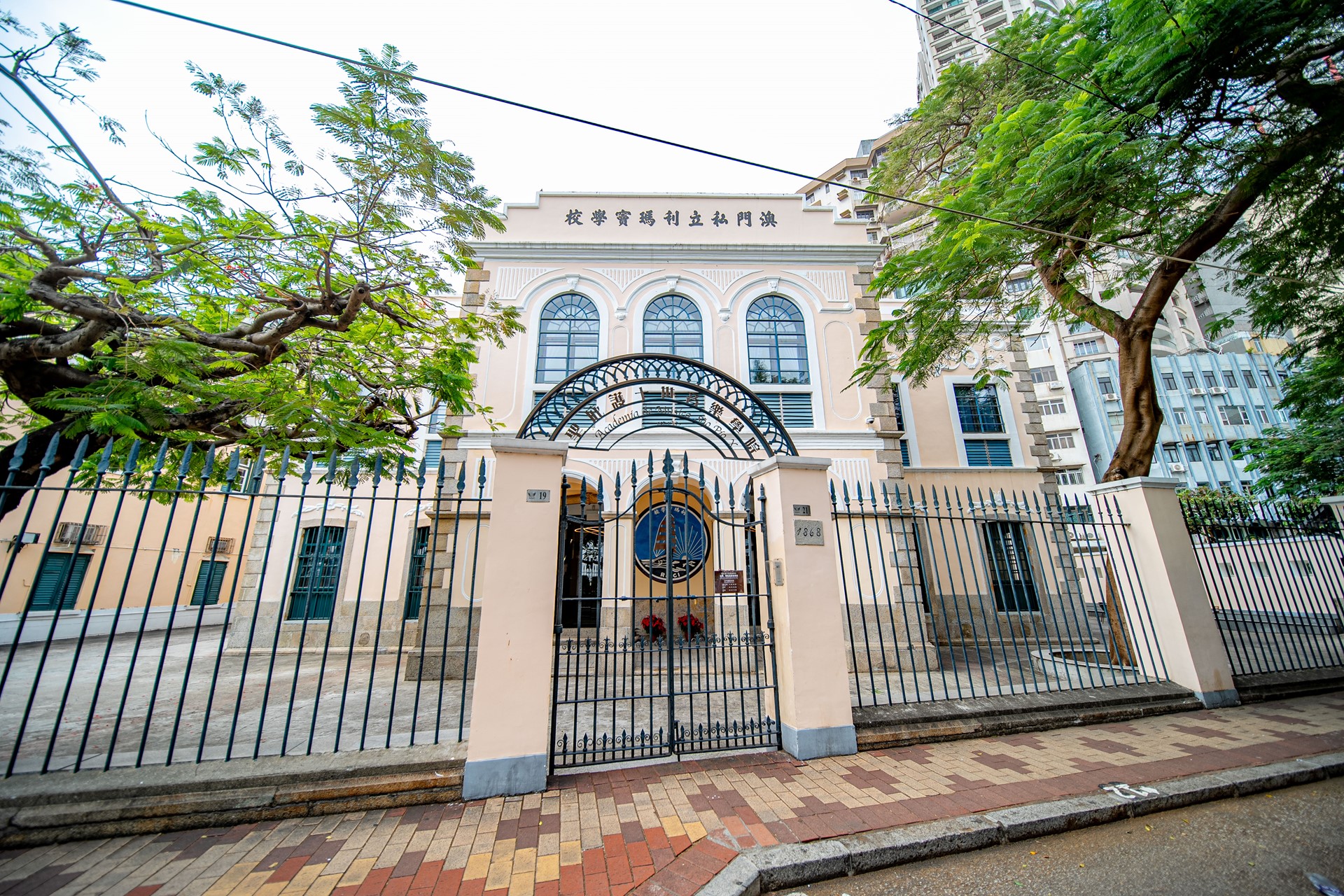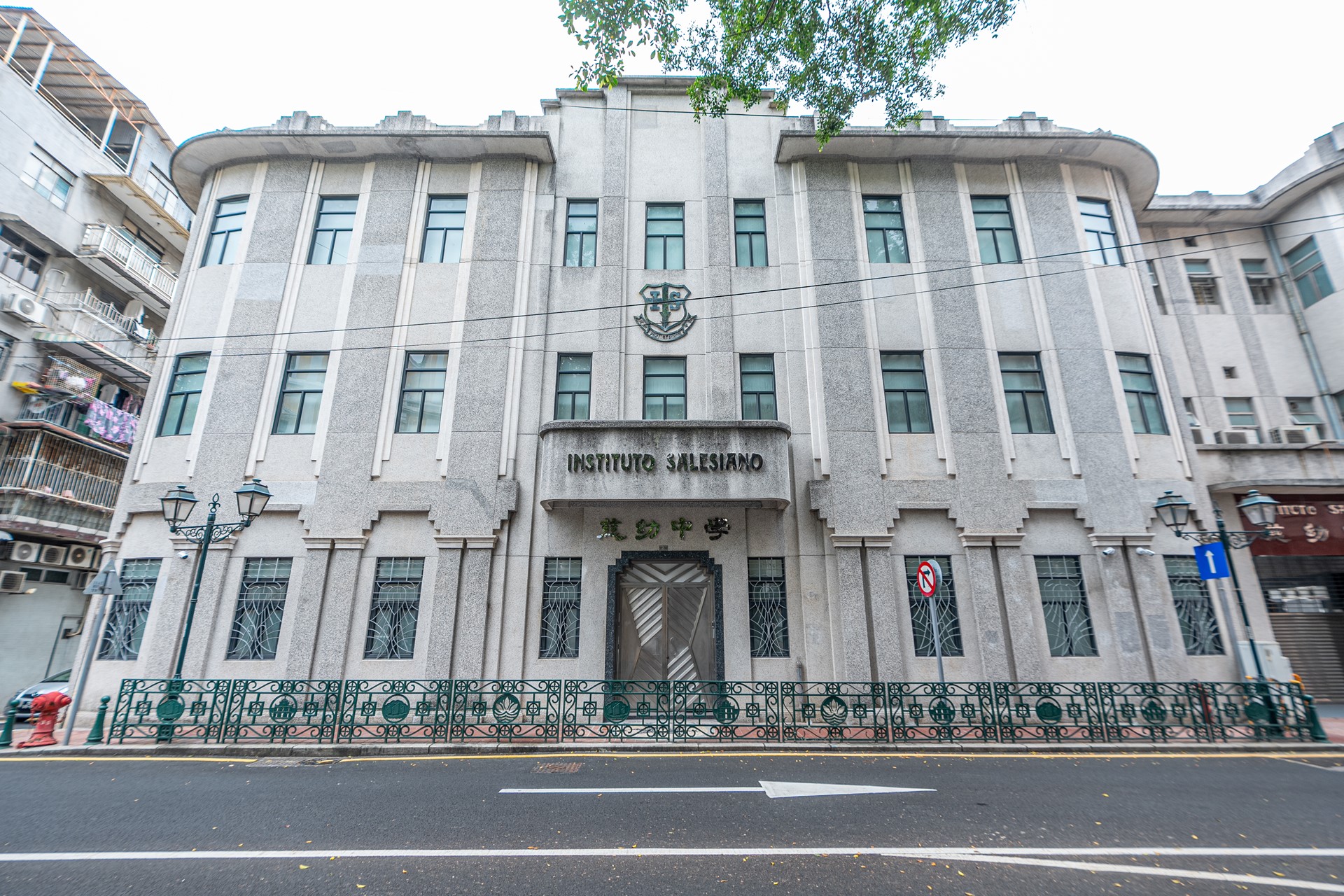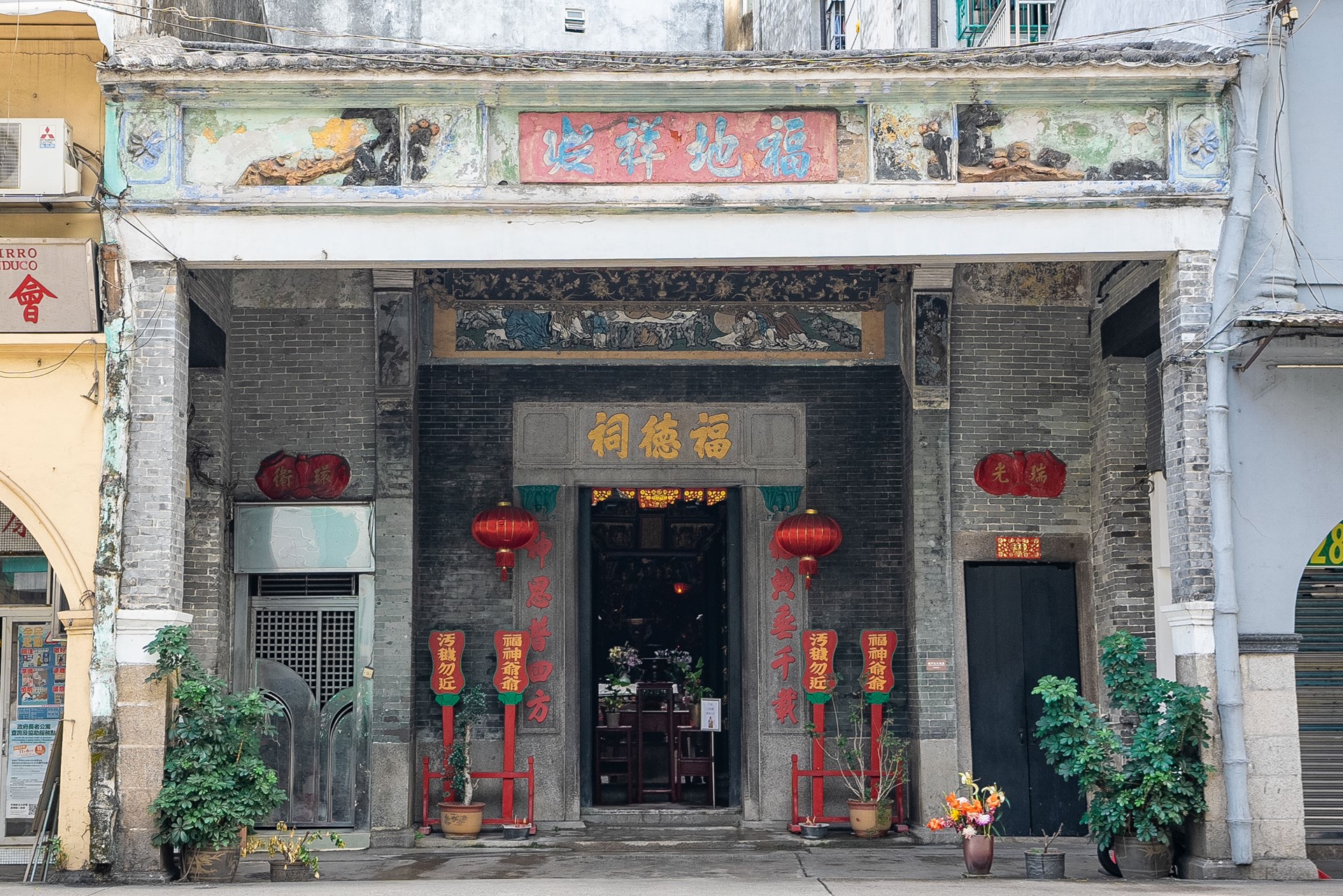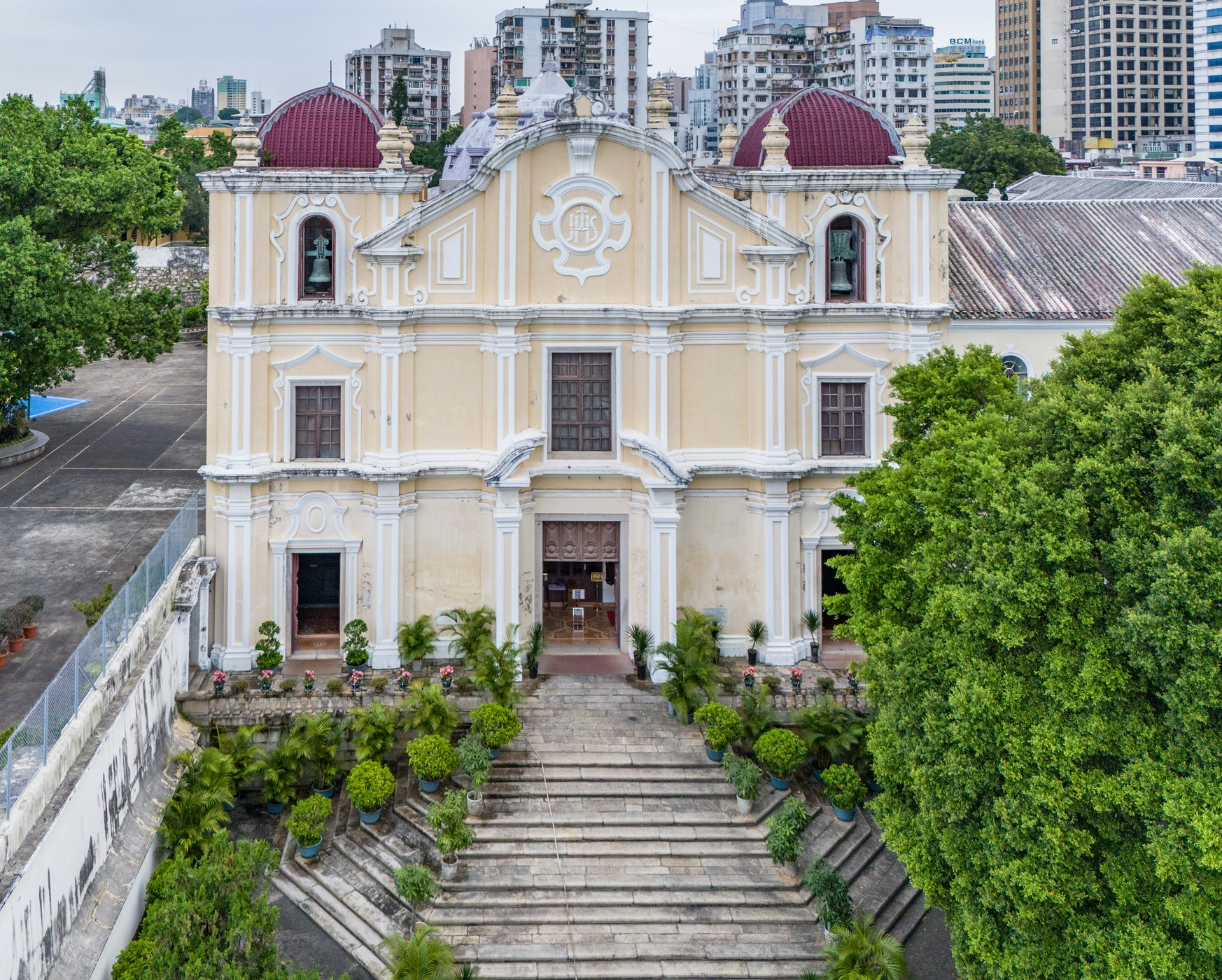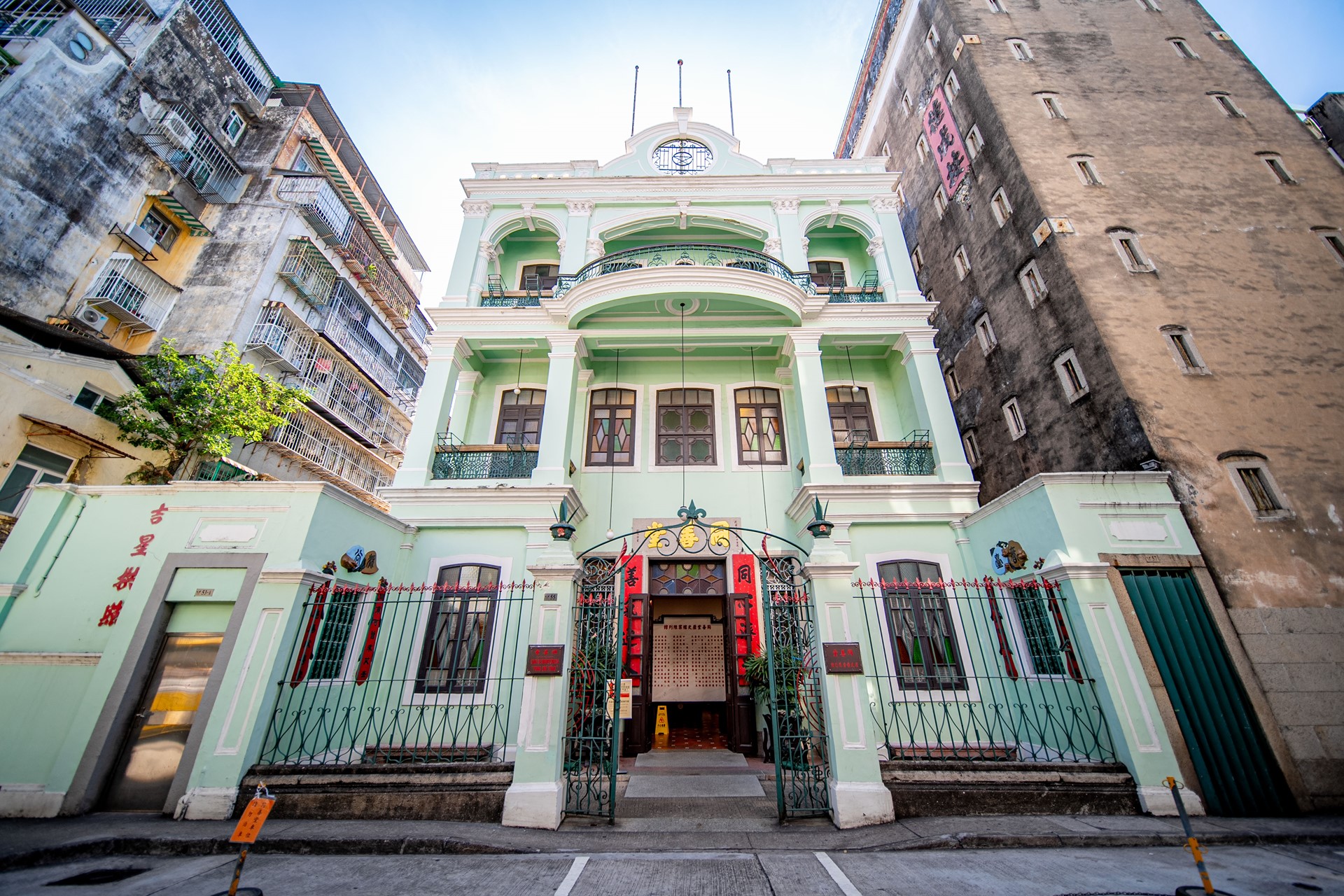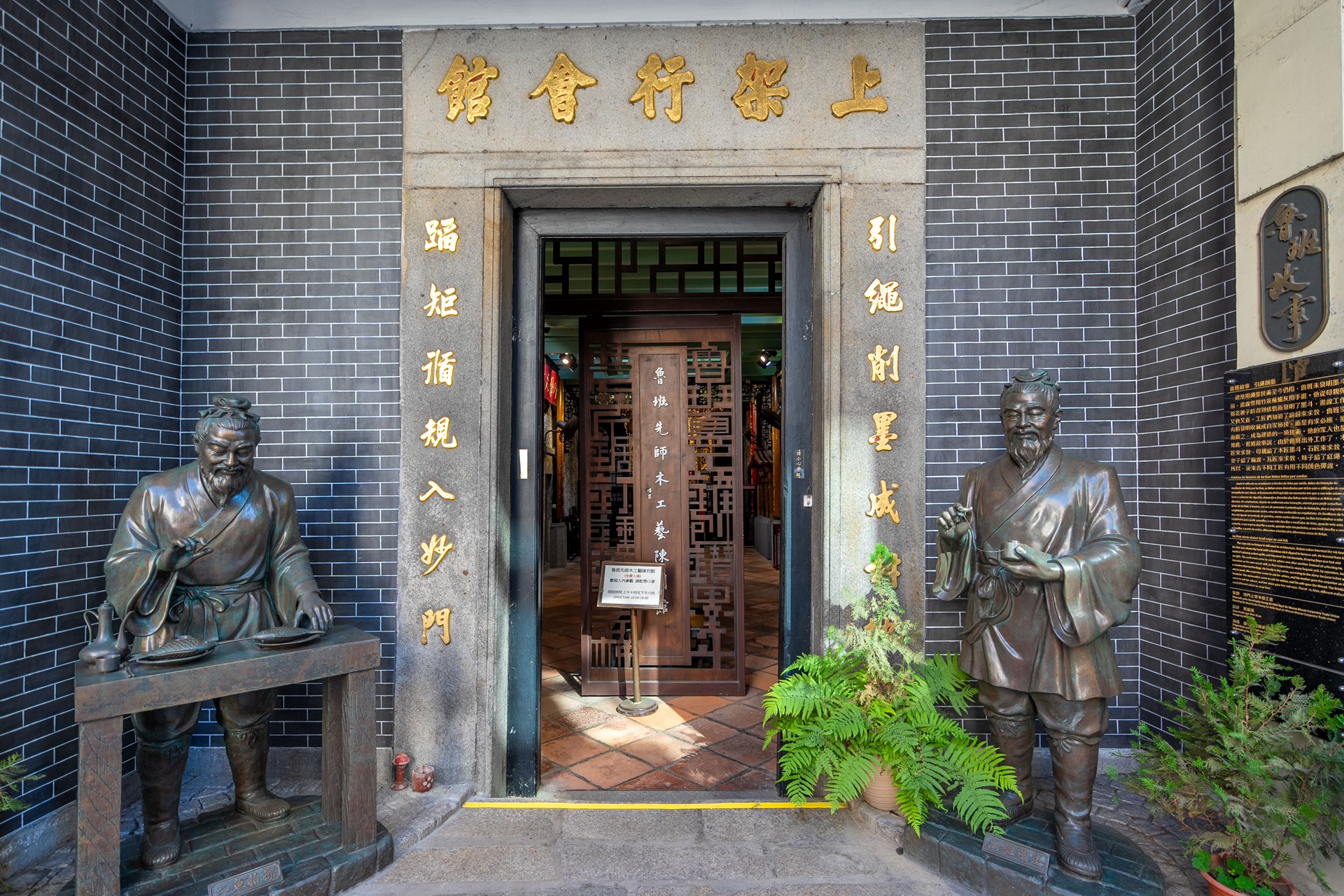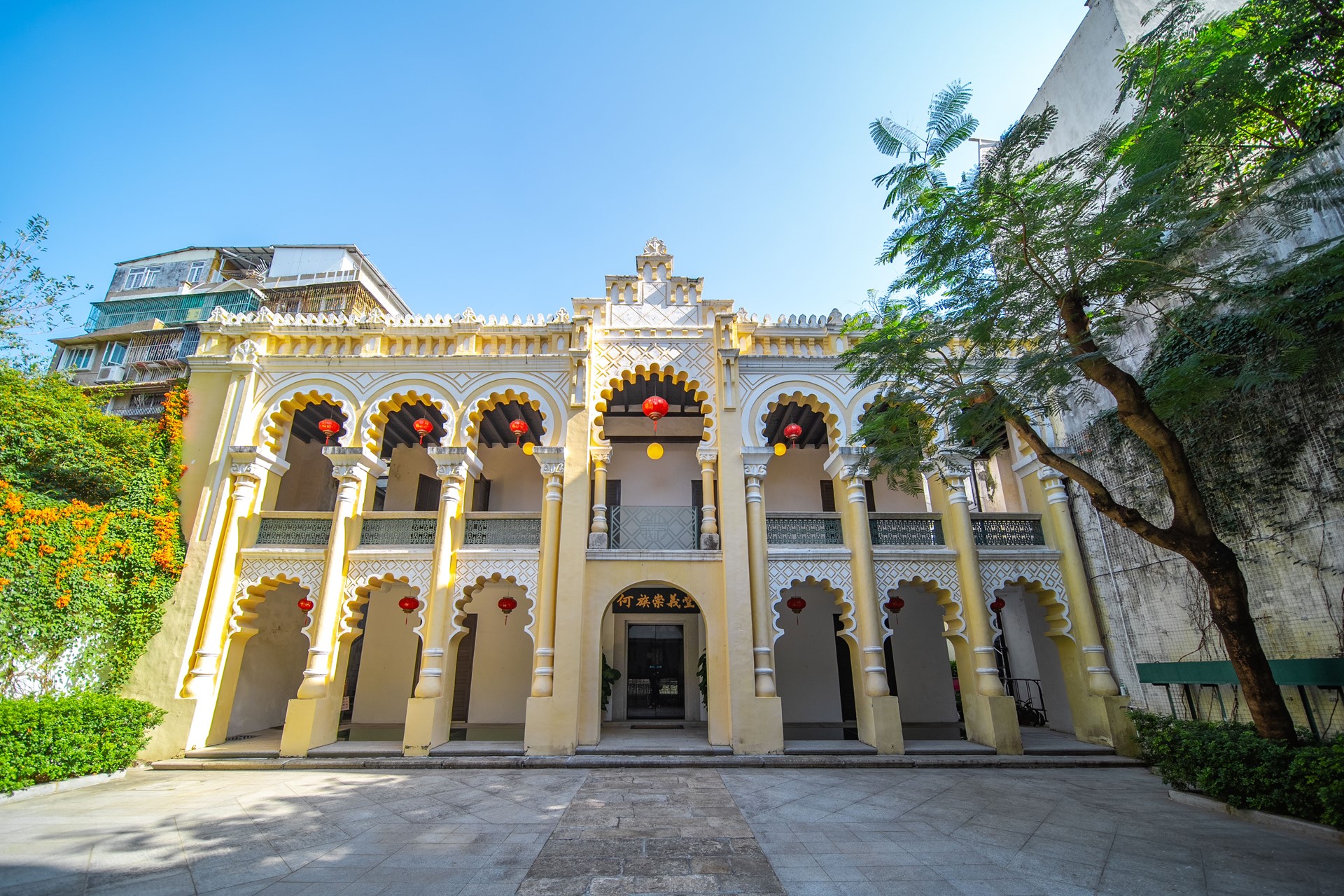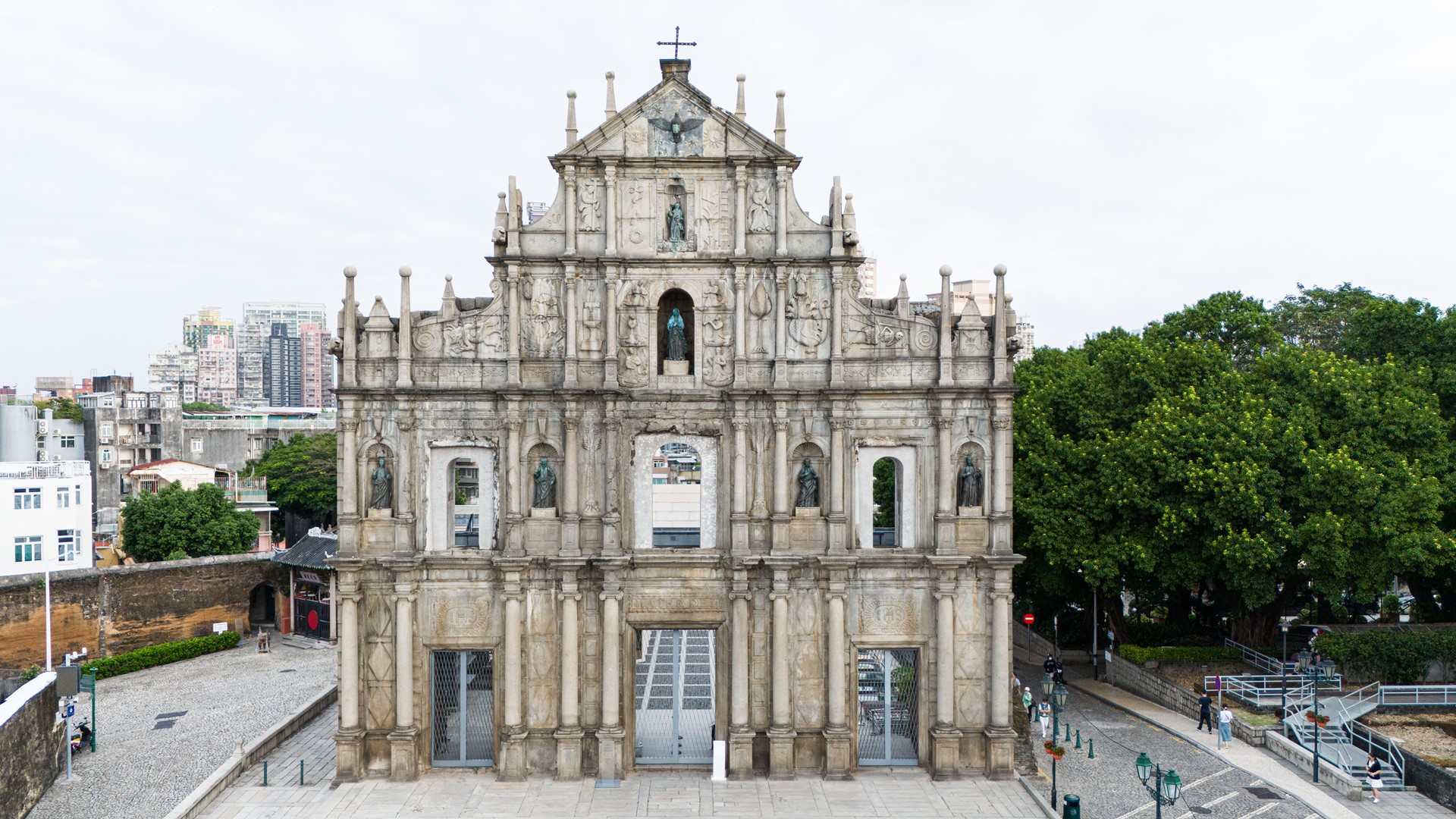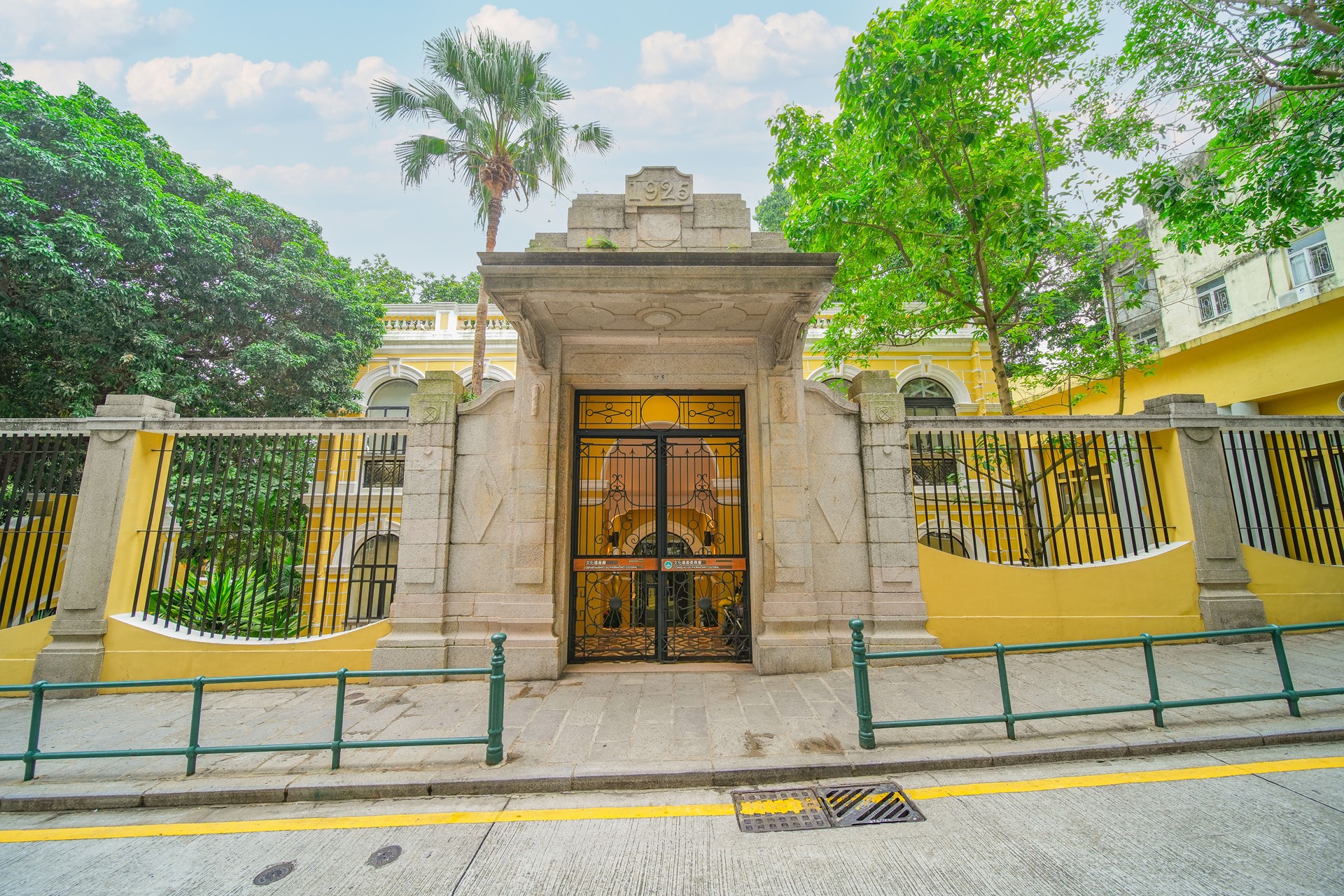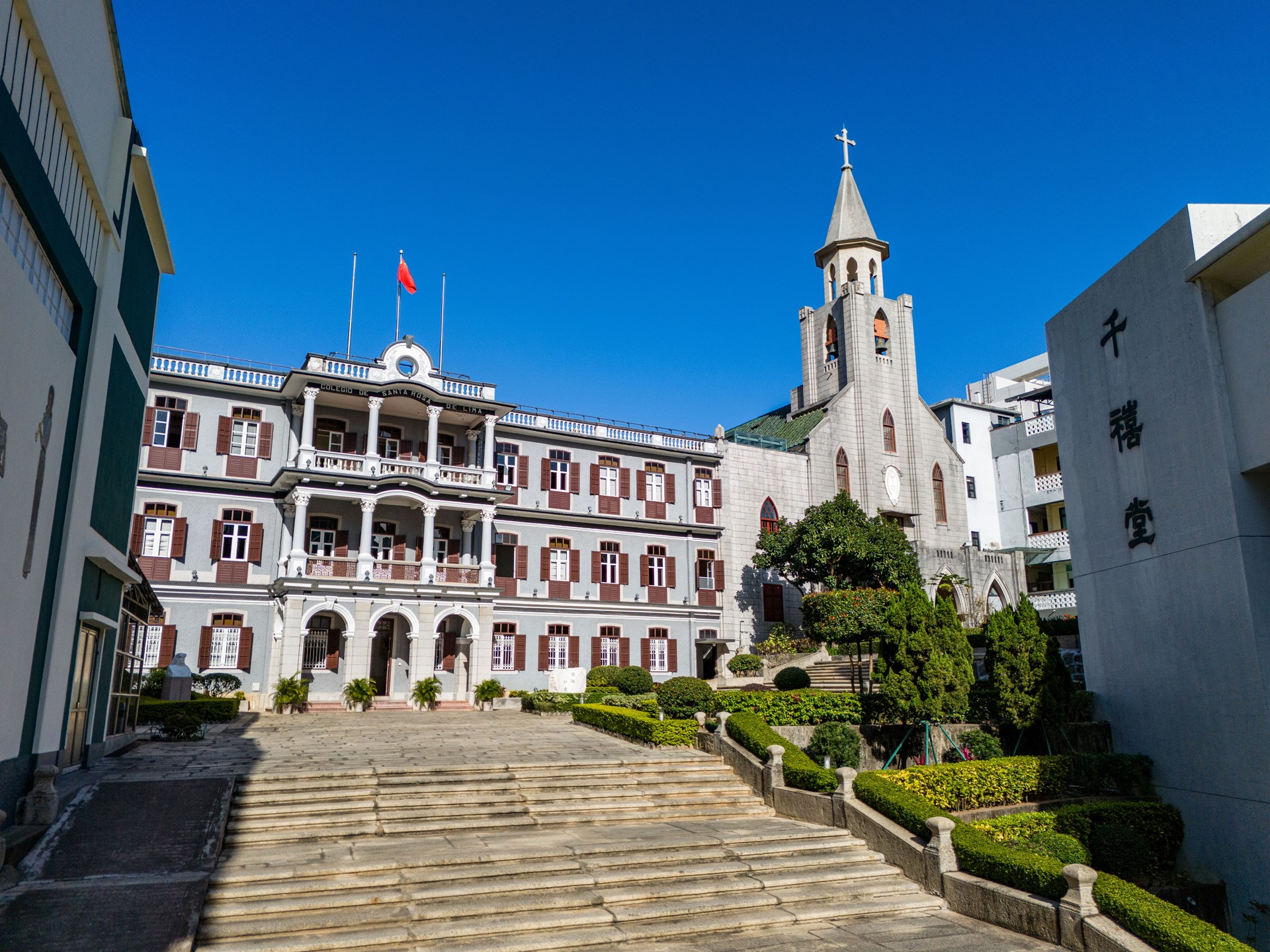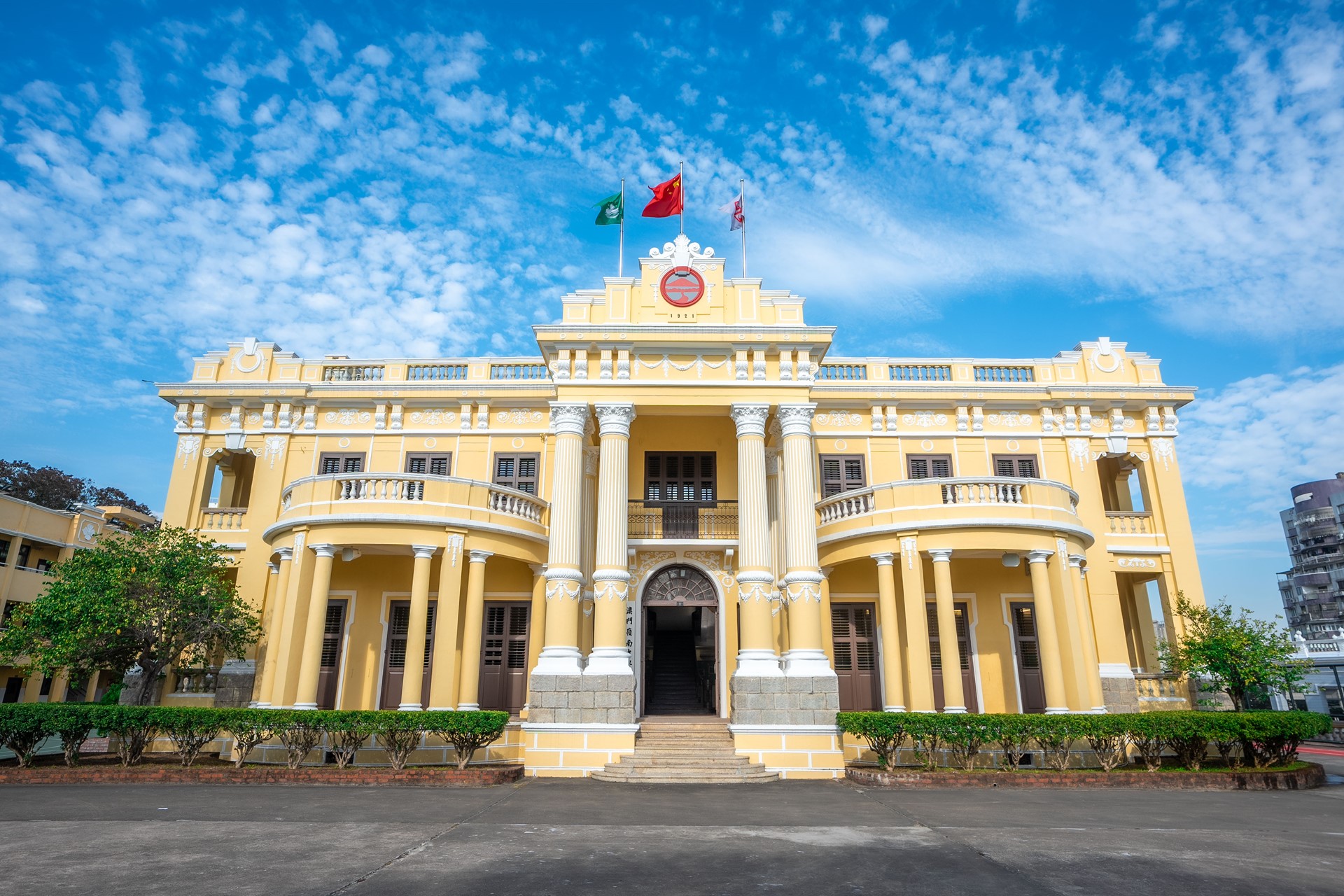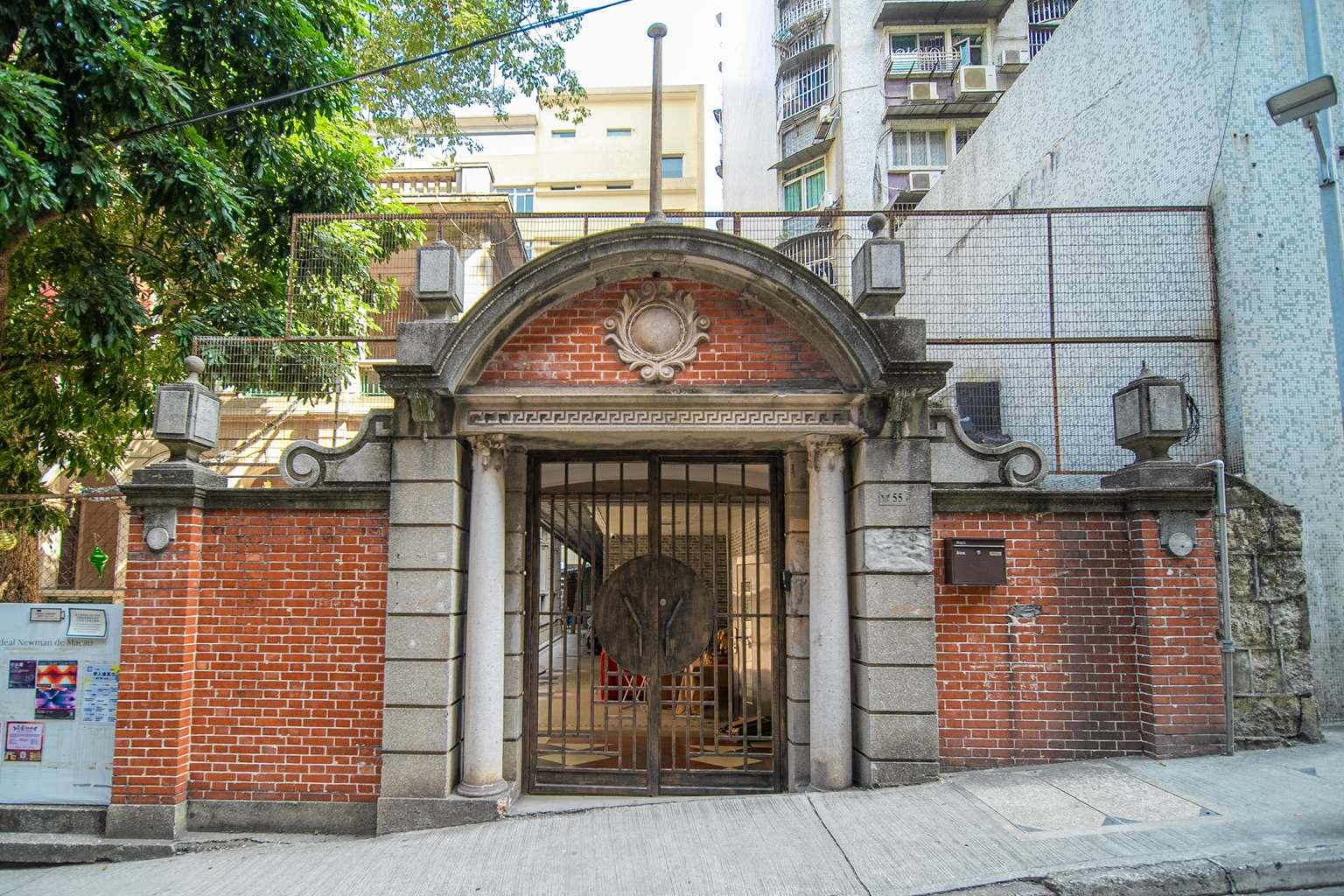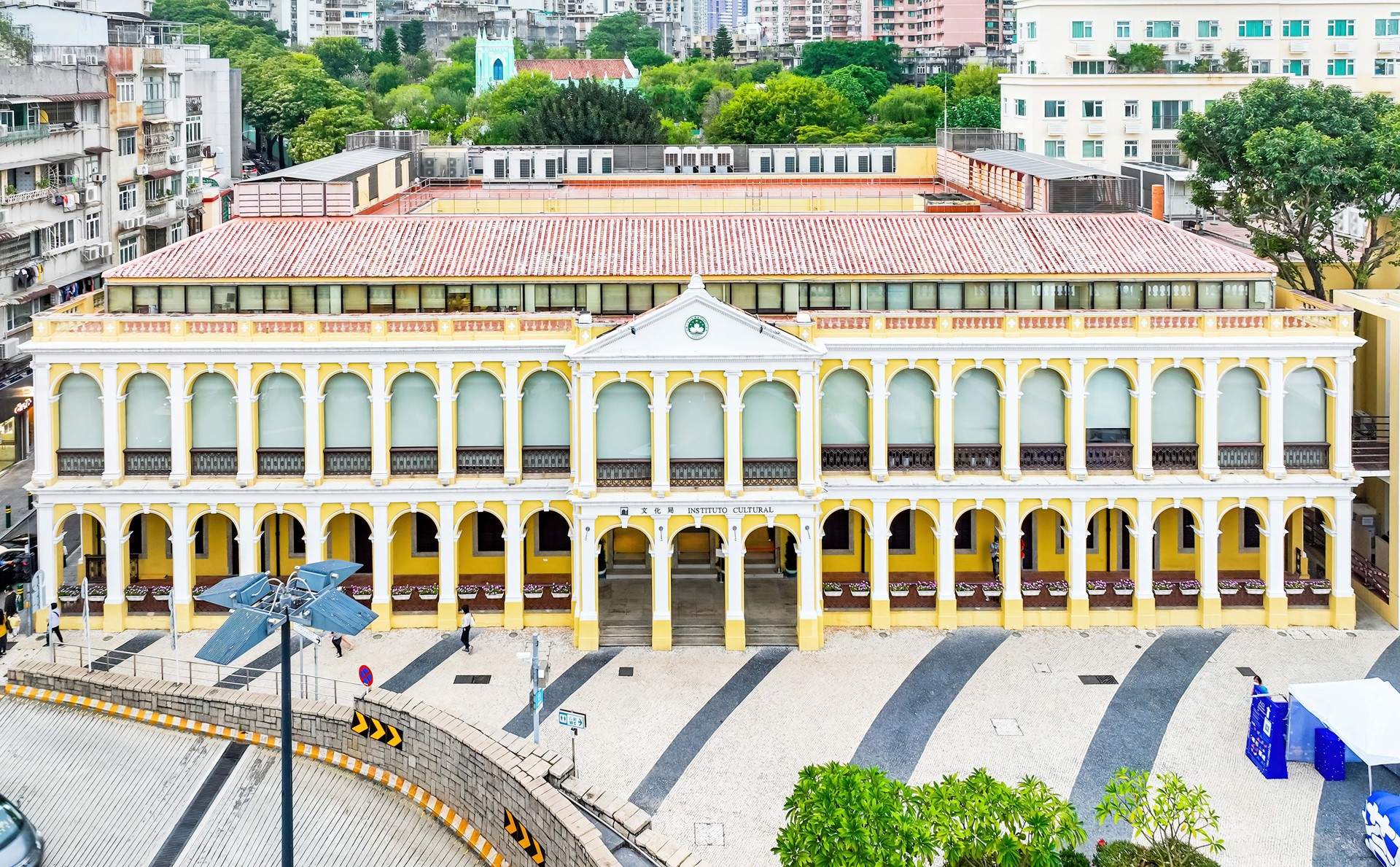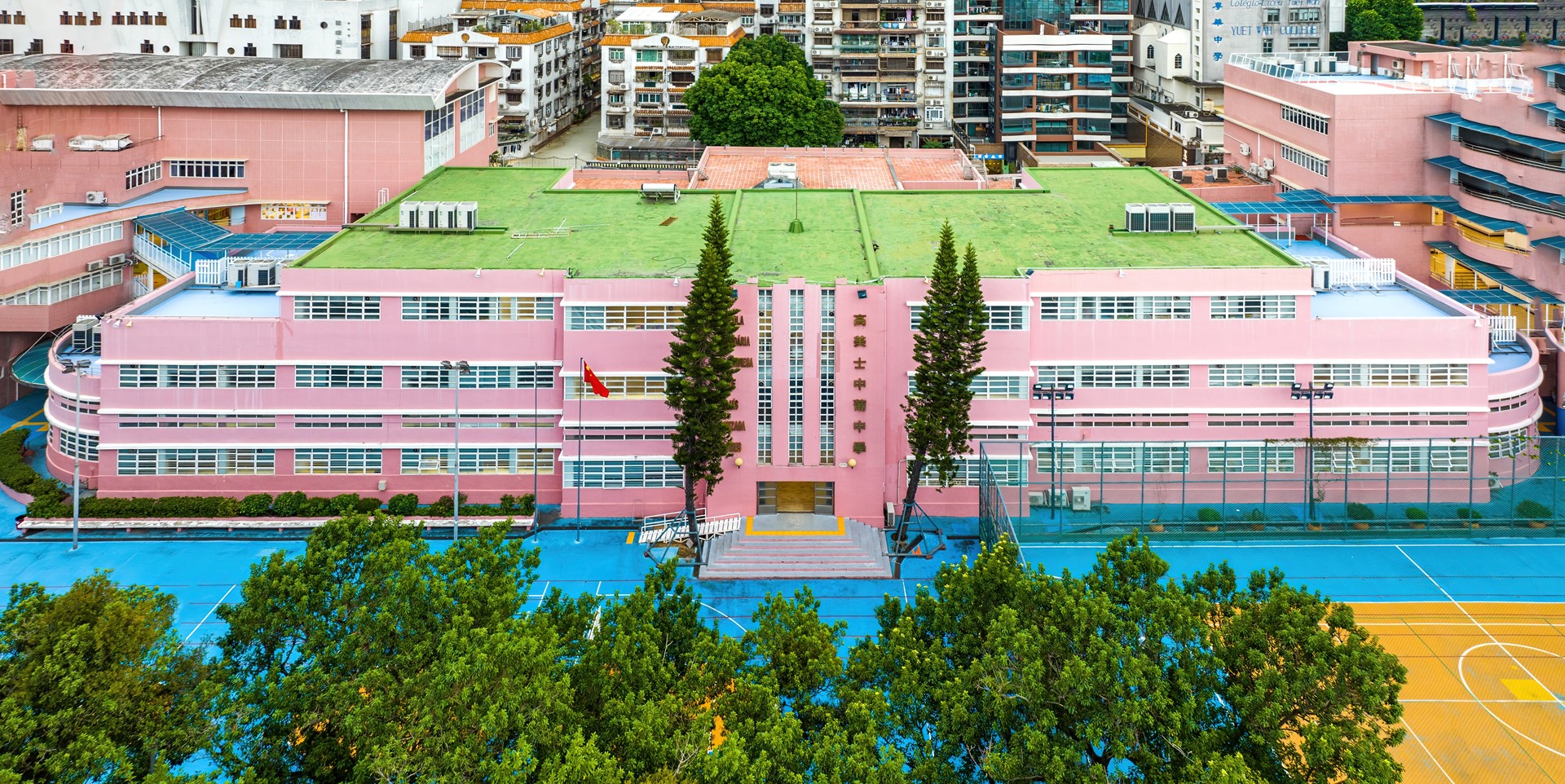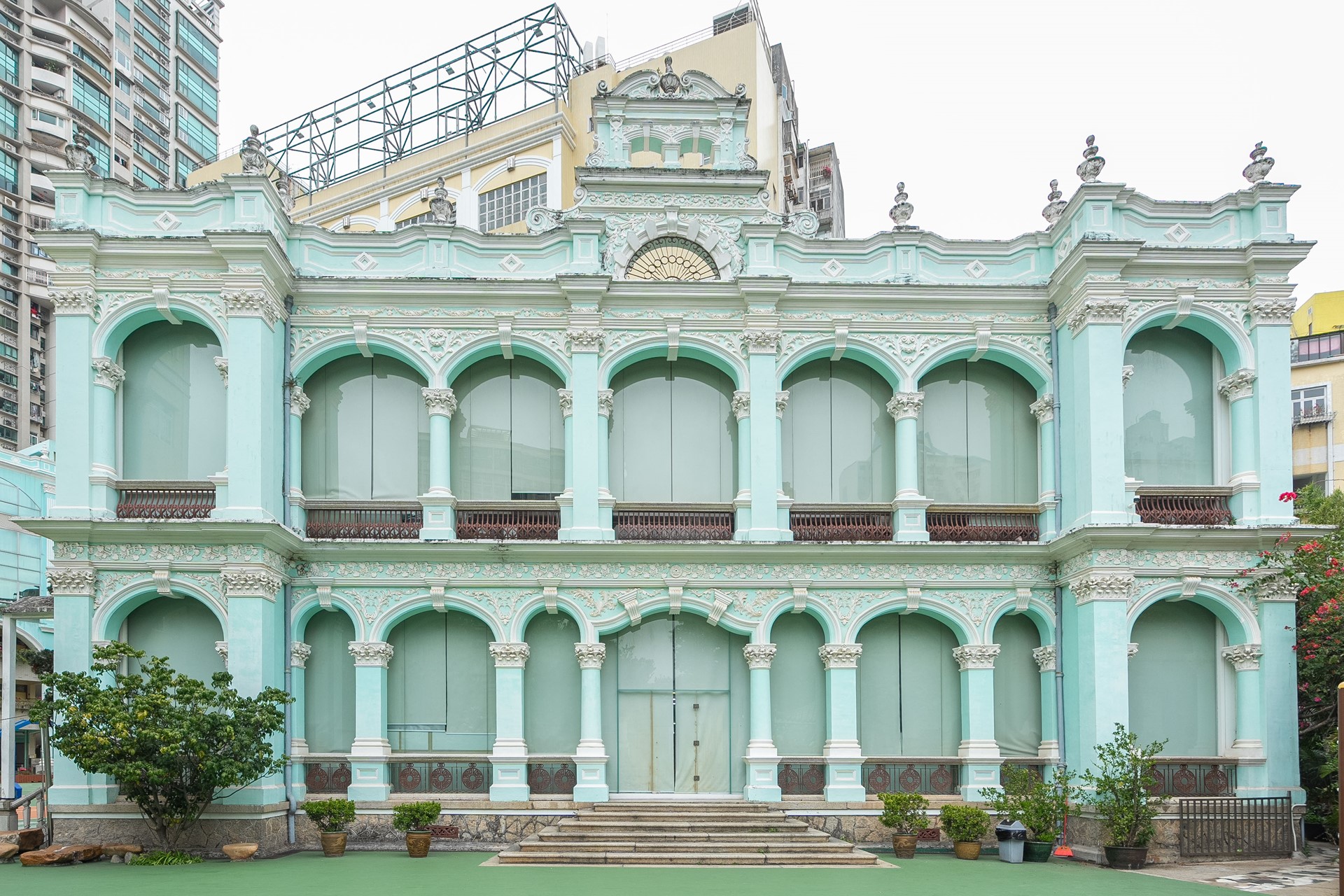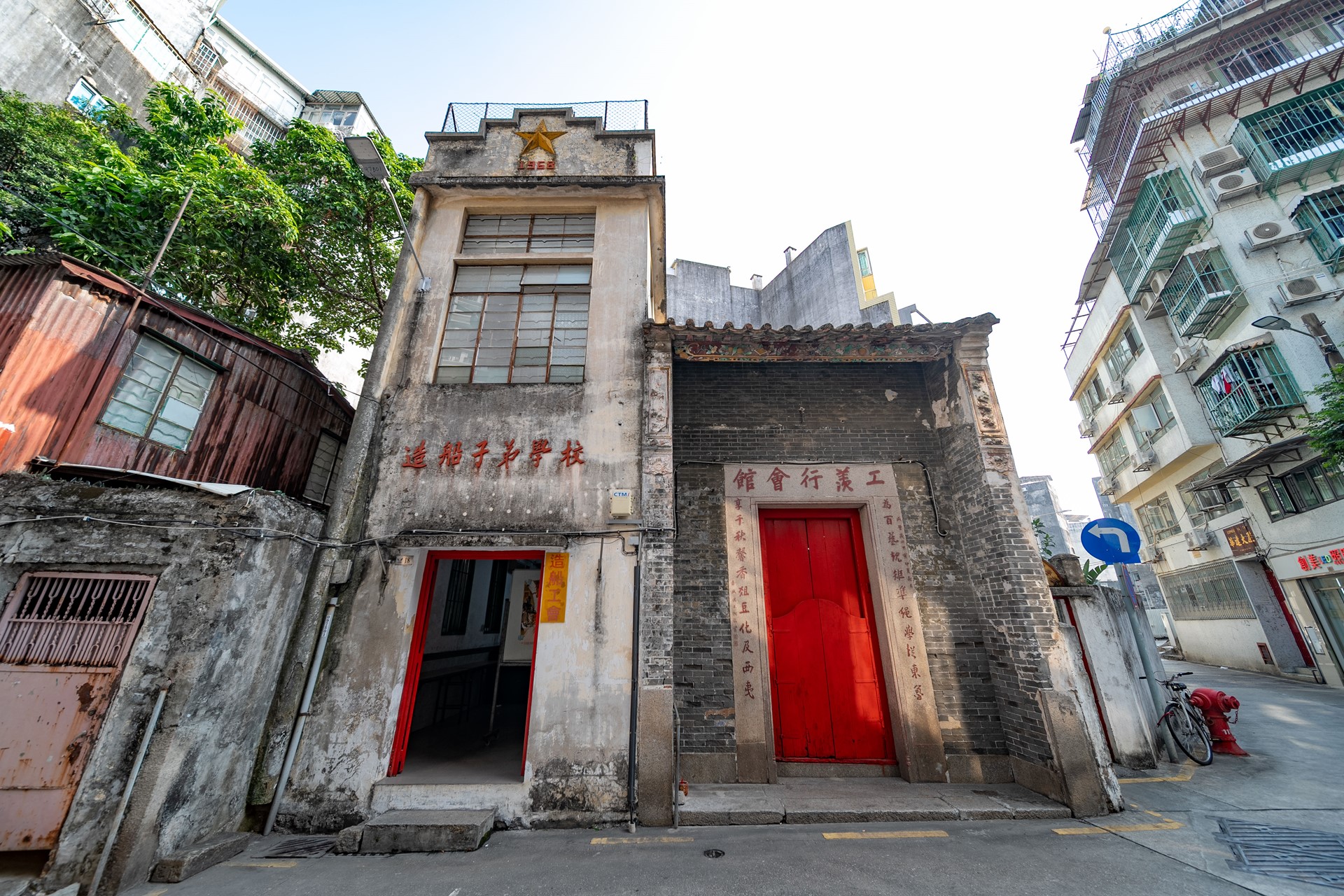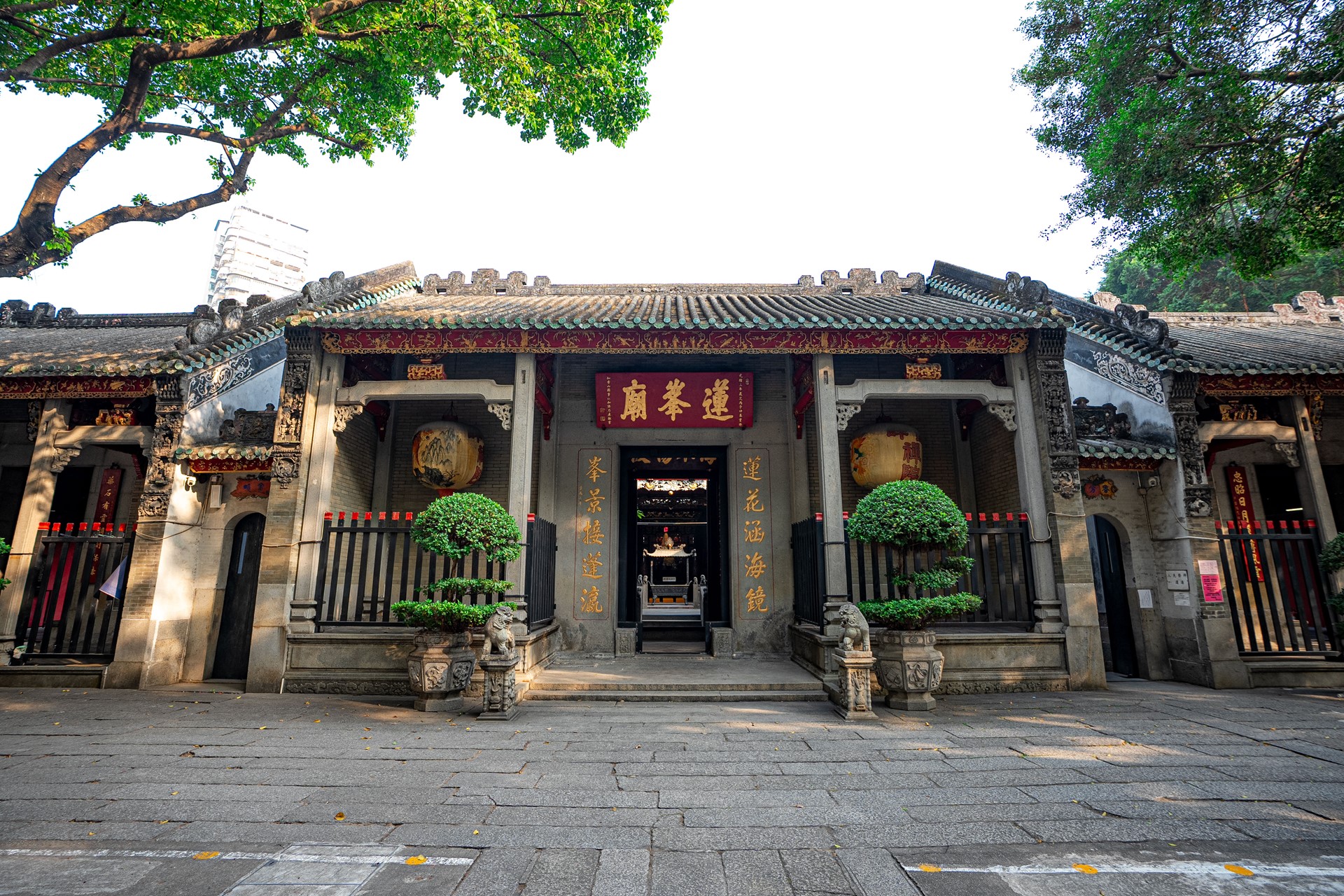The main entrance of St Joseph's Seminary is situated at Rua do Seminário. The site consists of the Seminary building and an attached church, surrounded by walls. Entering through the main entrance and going up the old stone staircase, you will see a Baroque-style church, unique among churches in Macau for its centered layout and domed roof. St Joseph's Seminary and Church are known locally as “Sam Ba Chai” (Small St Paul’s), for its scale is second only to St Paul's College and Church.
St Joseph's Seminary was founded by the Jesuits in 1728 for the training of clergy and social talent. Its management alternated between the Society of Jesus, the Congregation of the Mission, and the Diocese of Macau. The Seminary’s education was divided into two systems: (1) Theological education for the training of clergy, with a university programme that covered philosophy, theology and languages, taught by priests to prepare those who aspired to the priesthood; (2) secular education: as early as in the mid-19th century, Seminary of St. Joseph's offered a number of public or elementary courses supported by the Macao government, including navigation and commercial courses, and the Sino-Portuguese college, among others. It also lent its venues, facilities and teachers to other institutions for education purposes. Secular education offered secondary-level education to external students.
In an era when education was not widespread, St Joseph's Seminary pioneered secular education, laying the foundation for Macao’s education development. It adopted a Western approach to education, emphasizing training in languages, music and arts, and many of its graduates became prominent figures knowledgeable in both Eastern and Western cultures. The history of the Seminary reflects the evolution of modern education in Macao.
